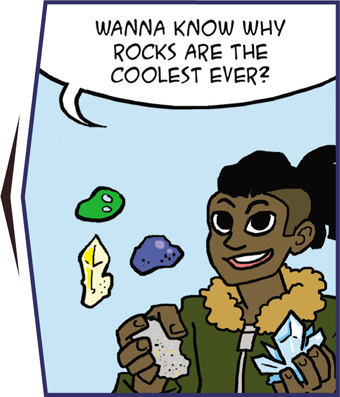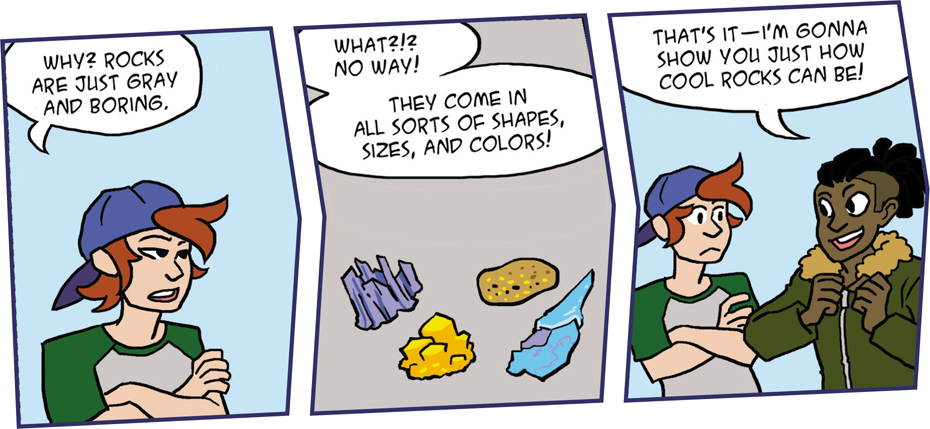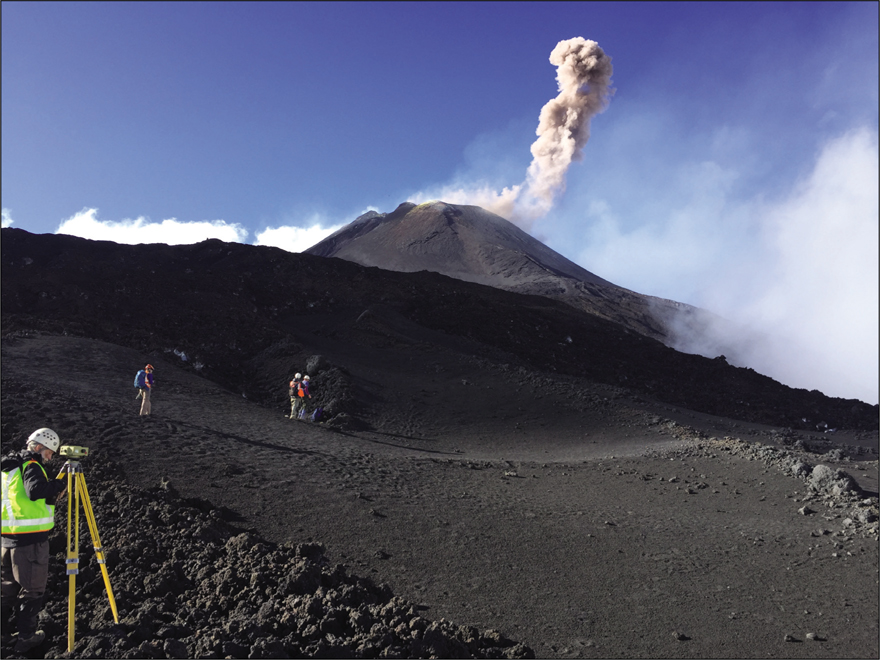Chris Eboch - Rocks and Minerals: Get the Dirt on Geology
Here you can read online Chris Eboch - Rocks and Minerals: Get the Dirt on Geology full text of the book (entire story) in english for free. Download pdf and epub, get meaning, cover and reviews about this ebook. year: 2020, publisher: Nomad Press, genre: Children. Description of the work, (preface) as well as reviews are available. Best literature library LitArk.com created for fans of good reading and offers a wide selection of genres:
Romance novel
Science fiction
Adventure
Detective
Science
History
Home and family
Prose
Art
Politics
Computer
Non-fiction
Religion
Business
Children
Humor
Choose a favorite category and find really read worthwhile books. Enjoy immersion in the world of imagination, feel the emotions of the characters or learn something new for yourself, make an fascinating discovery.
- Book:Rocks and Minerals: Get the Dirt on Geology
- Author:
- Publisher:Nomad Press
- Genre:
- Year:2020
- Rating:4 / 5
- Favourites:Add to favourites
- Your mark:
Rocks and Minerals: Get the Dirt on Geology: summary, description and annotation
We offer to read an annotation, description, summary or preface (depends on what the author of the book "Rocks and Minerals: Get the Dirt on Geology" wrote himself). If you haven't found the necessary information about the book — write in the comments, we will try to find it.
A fun and informative introduction to the earth science happening beneath our feet, packed with hands-on science experiments and STEM research projects that help readers ages 12 to 15 discover the amazing world of geology!
Did you know that minerals were necessary for the beginning of life? Or that geothermal power could provide all the energy the world needs? Planet Earth is our home, but how much do you really know about the world beneath your feet? Rocks and Minerals: Get the Dirt on Geology offers a glimpse under the surface of the earth and explores the forces that have shapedand continue to shapeour world.
- Middle schoolers dive deep into earth science with a discussion of plate tectonics, earthquakes, volcanoes, and erosion, while exploring the earth as an energy resource and looking ahead toward what the future might bring in terms of the planet.
- Science-minded STEM activities such as constructing a model turbine, making a geologic timescale with a roll of toilet paper, and comparing energy sources encourage young readers to think like geologists, while critical thinking exercises, essential questions related to geology, fascinating facts, links to online resources, and brief sidebars encourage readers to explore their incredible planet.
About the Inquire & Investigate Earth Science set and Nomad Press
Rocks and Minerals is part of a set of three Inquire & Investigate Earth Science books that explore the earth, the atmosphere, and everything in between. The other titles in this series are The Science of Natural Disasters: When Nature and Humans Collide and The Science of Weather and Climate: Rain, Sleet, and the Rising Tide.
Nomad Press books in the Inquire & Investigate series integrate content with participation, encouraging readers to engage in student-directed learning. Combining content with inquiry-based projects stimulates learning and makes it active and alive. Nomads unique approach simultaneously grounds kids in factual knowledge while allowing them the space to be curious, creative, and critical thinkers.
All books are leveled for Guided Reading level and Lexile and align with Common Core State Standards and Next Generation Science Standards. All titles are available in paperback, hardcover, and ebook formats.
Chris Eboch: author's other books
Who wrote Rocks and Minerals: Get the Dirt on Geology? Find out the surname, the name of the author of the book and a list of all author's works by series.

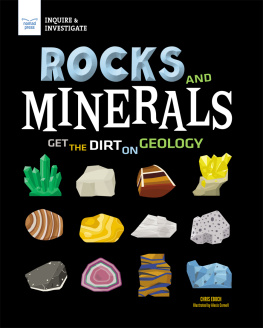
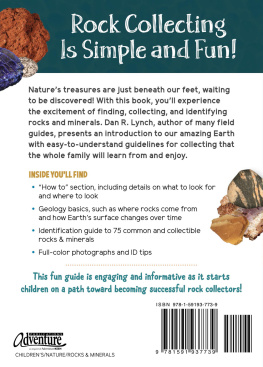
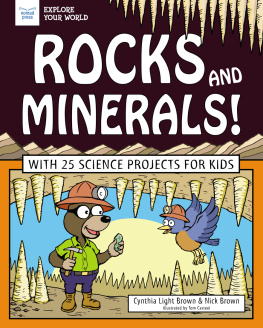

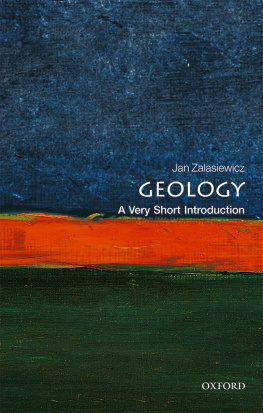

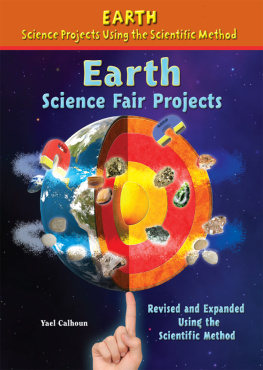
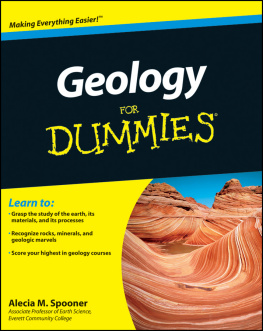

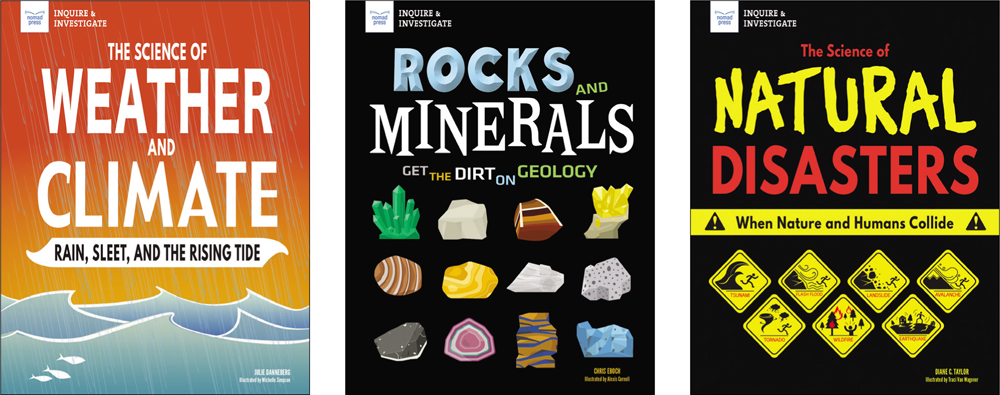
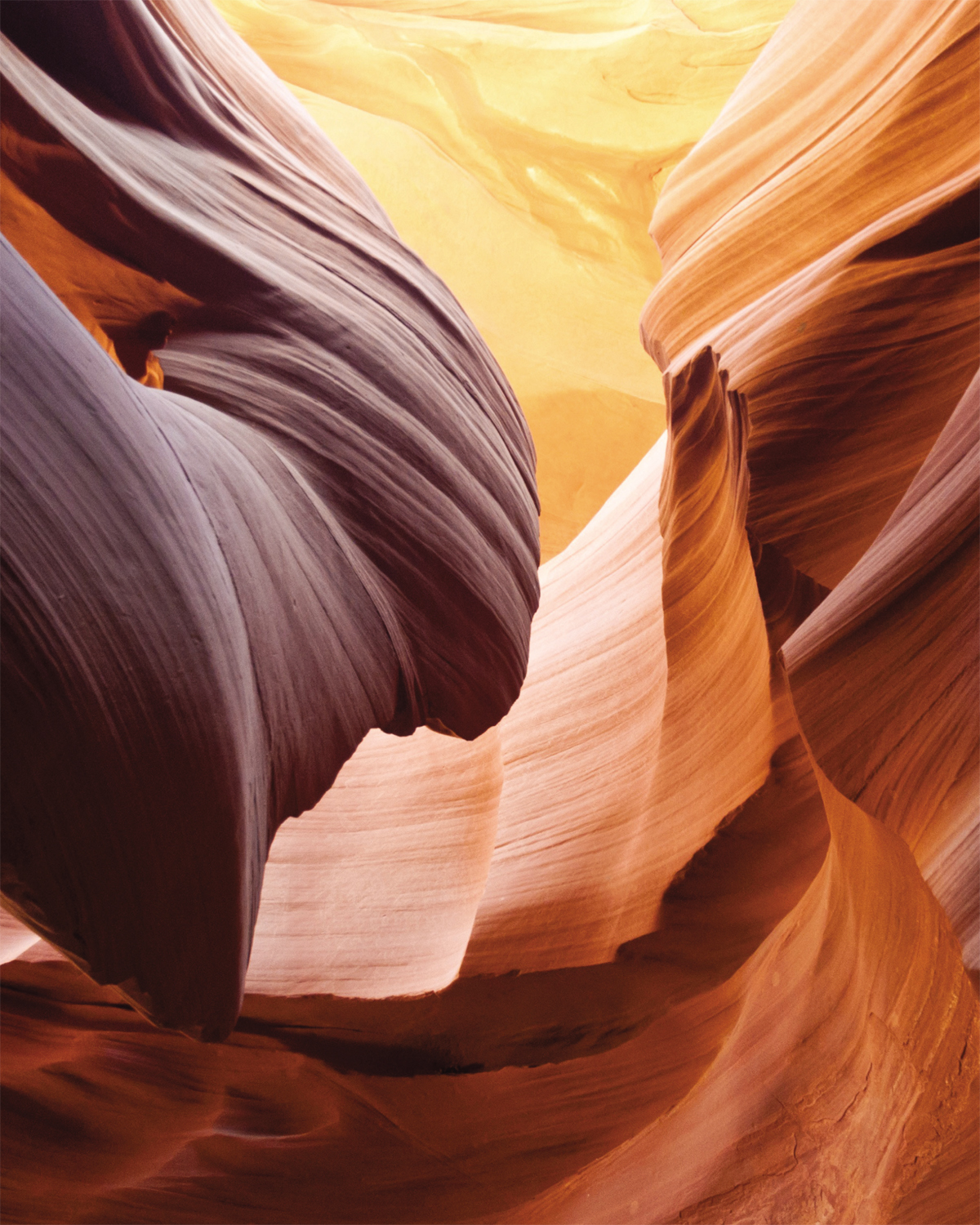
 Interested in primary sources?
Interested in primary sources? rocks and minerals
rocks and minerals

